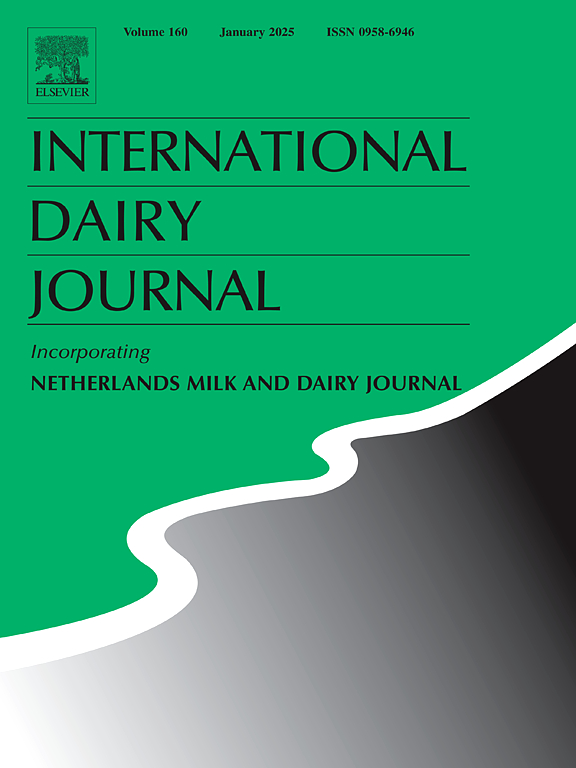Evaluation of aroma fingerprint in X-ray irradiated Robiola cheese over time by volatolomic and chemometric approaches
IF 3.1
3区 农林科学
Q2 FOOD SCIENCE & TECHNOLOGY
引用次数: 0
Abstract
Irradiation is a non-thermal technique used for food preservation and sanitization to prolong shelf life and prevent spoilage. In this work, the X-ray irradiation treatment was applied to a highly appreciate soft cheese in Italy, i.e. Robiola cheese, produced from cow milk. The quality-type fingerprint of X-ray irradiated Robiola was characterized using HS-SPME combined with GC-MS to study the possible radio-induced modifications. A design of experiments approach based on a full factorial design and a central composite design for response surface methodology was used to optimize HS-SPME procedure. The resulting setting parameters were used to investigate irradiated samples at three dose levels (1.0, 2.0, 3.0 kGy), and considering three intervals post-treatment (immediately after irradiation, one month and two months later). The results highlighted alterations in the volatile profile of the cheese after irradiation, with production of other volatiles, such as seven alkanes, five alkenes, two alcohols, four aldehydes and four esters already at 1.0 kGy. Alcohols, aldehydes and esters were particularly affected by irradiation and shelf life, potentially due to lipid and protein oxidation processes. No migration of molecules from the packaging and no production of unknown volatiles were observed in irradiated samples during the monitoring period. Principal component analysis, partial least square discriminant analysis and artificial neural networks were employed to discriminate cheese samples based on irradiation and storage time. The results confirm the proposed analytical workflow as a useful tool to verify the X-ray irradiation, the time elapsed from the treatment and the labelled shelf life.

求助全文
约1分钟内获得全文
求助全文
来源期刊

International Dairy Journal
工程技术-食品科技
CiteScore
6.50
自引率
9.70%
发文量
200
审稿时长
49 days
期刊介绍:
The International Dairy Journal publishes significant advancements in dairy science and technology in the form of research articles and critical reviews that are of relevance to the broader international dairy community. Within this scope, research on the science and technology of milk and dairy products and the nutritional and health aspects of dairy foods are included; the journal pays particular attention to applied research and its interface with the dairy industry.
The journal''s coverage includes the following, where directly applicable to dairy science and technology:
• Chemistry and physico-chemical properties of milk constituents
• Microbiology, food safety, enzymology, biotechnology
• Processing and engineering
• Emulsion science, food structure, and texture
• Raw material quality and effect on relevant products
• Flavour and off-flavour development
• Technological functionality and applications of dairy ingredients
• Sensory and consumer sciences
• Nutrition and substantiation of human health implications of milk components or dairy products
International Dairy Journal does not publish papers related to milk production, animal health and other aspects of on-farm milk production unless there is a clear relationship to dairy technology, human health or final product quality.
 求助内容:
求助内容: 应助结果提醒方式:
应助结果提醒方式:


